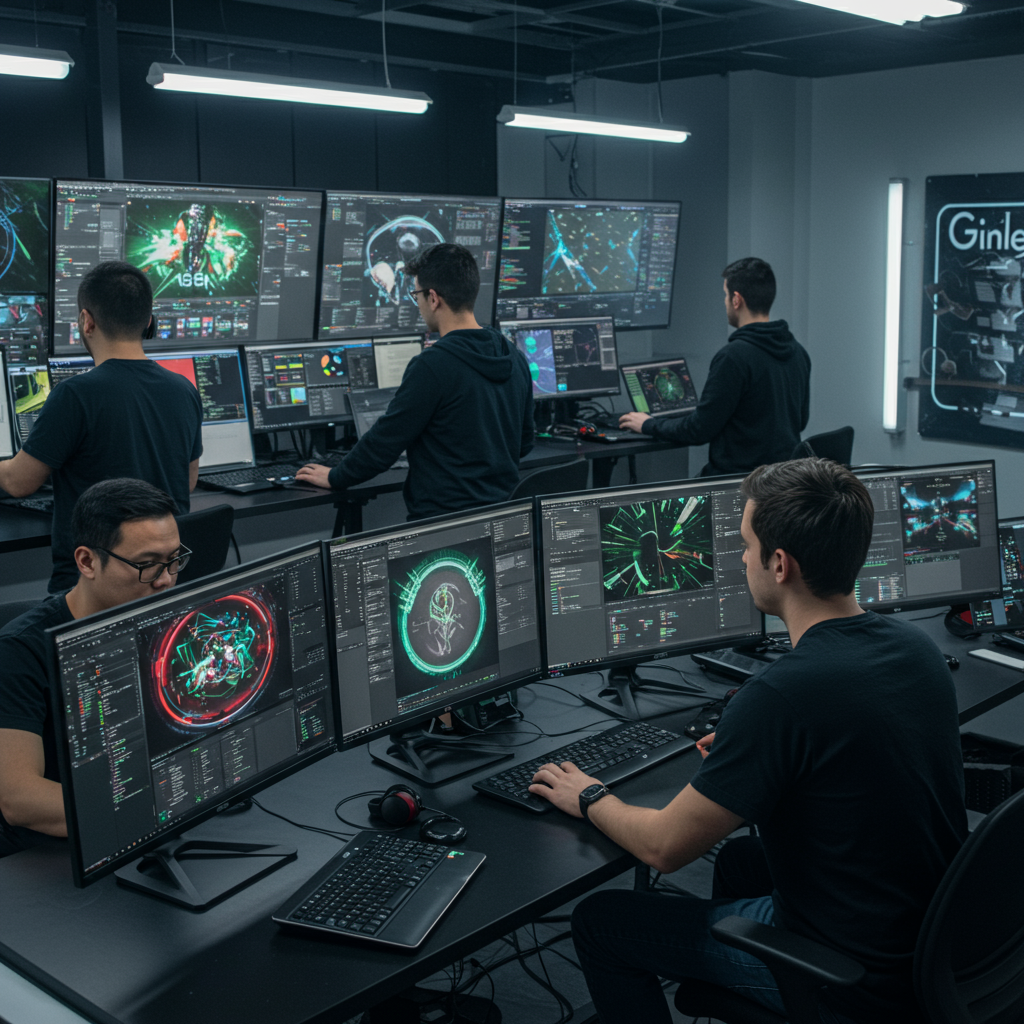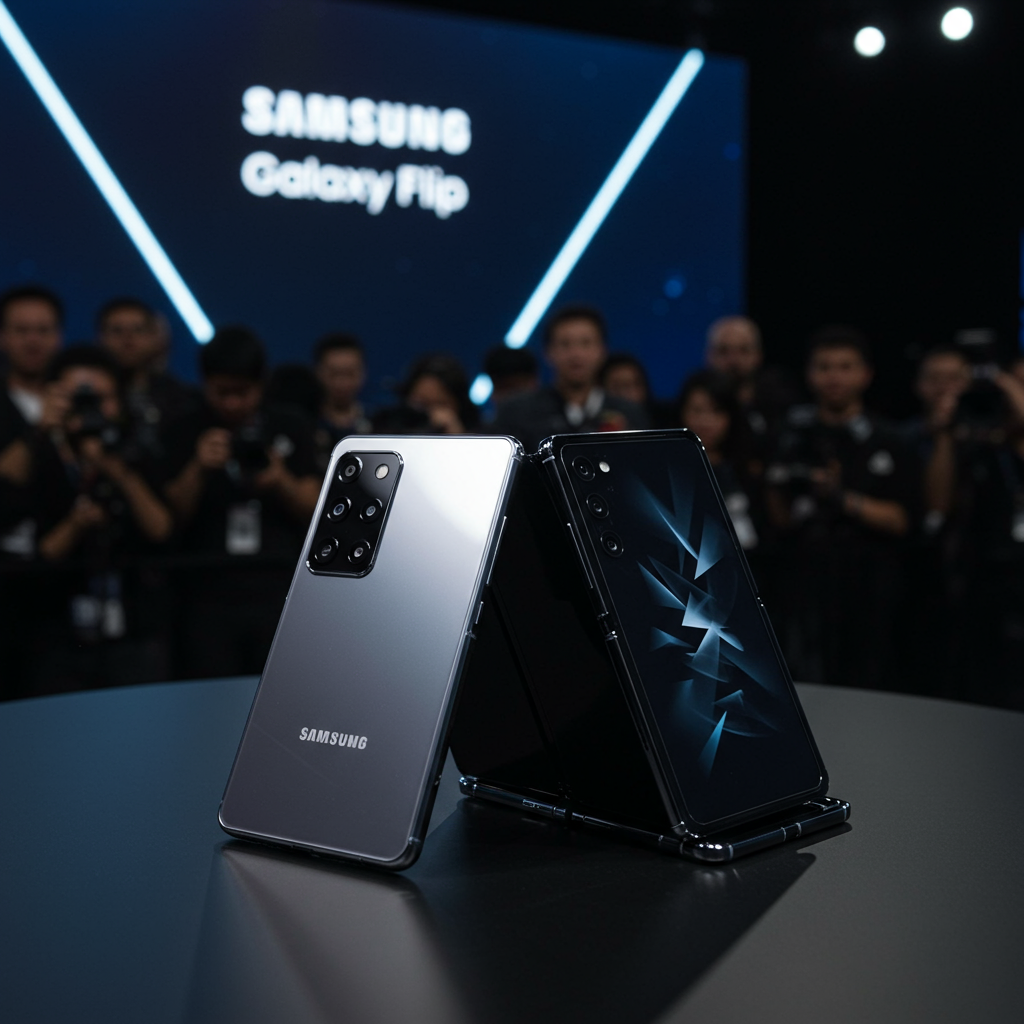The Video Game Industry is Changing: An Era Ends
The video game industry loves big numbers. Record sales, skyrocketing revenue, millions of concurrent players – they’re often cited as proof of the medium’s undeniable success and cultural significance. With a market valued at an astonishing $262 billion last year, surpassing global box office and music combined, and roughly 65% of Americans identifying as gamers, the industry certainly commands attention.
Take, for instance, the recent launch of the Nintendo Switch 2. Despite its considerable price tag, it reportedly became the fastest-selling home console ever, moving 3.5 million units in its first four days. This kind of data traditionally signals robust health and continued growth, making investors see companies like Nintendo as safe bets even in uncertain economic times.
But for those paying close attention, these impressive figures mask a fundamental, perhaps unsettling, shift. The video game industry as we’ve known it for decades – defined by purchasing dedicated hardware and expecting a steady stream of diverse, premium games over its lifespan – is rapidly giving way to a new, more amorphous, and often extractive reality.
Farewell to the Premium Model, Hello Live Services
The traditional paradigm saw players pay $60 to $80 for a complete game experience, like Mario Kart World or Marvel’s Spider-Man 2. This is the model the Nintendo Switch 2 still primarily represents. However, the new normal is increasingly shaped by titles that are free-to-play (F2P) and operate as live service games.
Instead of relying on a single upfront purchase, these games generate massive revenue through ongoing monetization strategies. Think optional in-game purchases using real money to unlock cosmetic items, perks, or abilities. Examples like Fortnite or Warframe continuously update and evolve based on player feedback, creating a perpetual experience.
These aren’t just games; they’re often platforms for user-generated content, extensive brand partnerships (like Disney’s massive investment in Epic Games to integrate IPs into Fortnite), and even advertising. While offering a stable revenue stream for developers, this model has also drawn criticism for its aggressive tactics, including “gacha” mechanics that resemble gambling, and concerns over player exploitation. Regulatory bodies have taken notice, with Epic Games notably agreeing to pay $245 million in refunds in 2022 for allegedly using deceptive tactics for in-game purchases.
Furthermore, these modern hits are often platform-agnostic, equally playable on phones and tablets as on expensive consoles. This cross-platform ubiquity further diminishes the unique draw of dedicated hardware.
The Unsustainable Cost of AAA and the Rise of Layoffs
Developing the big-budget “triple-A” games that defined the previous era has become astronomically expensive and time-consuming. Projects like Marvel’s Spider-Man 2 reportedly cost upwards of $300 million and took five years to develop. The pressure to make these colossal investments into nothing less than massive, guaranteed hits is immense.
This economic reality makes it incredibly difficult for companies relying on the traditional model to maintain a regular release schedule that can compete with the continuous flow of content and revenue from F2P titles. Add to this the pressures from corporate owners demanding ever-increasing profit margins and investor capital drying up, leading to waves of studio closures and, notably, a tragic human cost: over 20,000 industry layoffs since early 2023.
Even segments of the industry once seen as booming, like Esports, have faced significant corrections. After a period of massive investment, replicating traditional sports league revenue models (broadcast rights, tickets) proved challenging. With fans often preferring free viewing platforms and low merchandise spending, esports organizations have struggled, relying heavily on often inconsistent sponsorship revenue and also experiencing layoffs, despite viewership remaining high.
Industry Giants Adapt, But the Landscape is Forever Changed
In response to these pressures, major players are pursuing different strategies. Microsoft is positioning Xbox as a subscription-based “Netflix of games” via Game Pass, focusing on cloud gaming across various devices. Sony, on the other hand, seems to be aiming for an “HBO of gaming,” leveraging its flagship franchises for high-quality transmedia adaptations, as seen with the successful The Last of Us TV series.
Nintendo remains a notable outlier, historically zigging where others zag. By focusing on novel gameplay ideas with more affordable technology rather than chasing cutting-edge graphics, Nintendo has maintained a more consistent game release cadence. While still embodying the old promise of buying into years of console entertainment, even the 135-year-old company shows signs of adaptation, expanding into theme parks and movies and joining peers in raising game prices, making traditional titles increasingly feel like luxury goods compared to prevalent free alternatives.
Beyond Pixels: Accessibility, Community, and Worker Rights
The shift isn’t just about business models; it impacts players and creators alike. The industry is finally making strides in accessibility, opening up complex games to players with disabilities through features like reassignable controls, visual cues, and robust options for the vision-impaired, as exemplified by Naughty Dog’s groundbreaking work on The Last of Us Part II. This positive trend expands the market and fulfills long-ignored user needs.
However, the community aspect is also changing. Events like the long-running E3 convention, while potentially unnecessary for the industry’s logistical needs in the digital age, represented a vital shared spectacle and community hub for gamers. Its likely permanent demise, like the closure of a local video store, highlights the loss of physical or dedicated spaces that embody shared passion, leaving a void for many.
Perhaps most significantly, the intense economic pressure contributes to challenging worker conditions. The prevalence of “crunch” – grueling, often 60+ hour workweeks – is endemic, fueled by a “passion tax” on dedicated developers and structural issues like the “iron triangle” of fixed deadlines, budgets, and scope that make worker hours the only flexible variable. This pressure has spurred growing unionization efforts across the industry, with quality assurance testers at ZeniMax (Microsoft) and employees at Sega of America successfully organizing to push for more humane and stable working environments.
The success of the Nintendo Switch 2 is a testament to the enduring appeal of traditional gaming experiences. It offers a rich library, both new and old, and represents the familiar promise of dedicated console potential. But its launch feels increasingly like a bookend to an era. From a company founded on playing cards popular with gamblers, rescuing the industry in 1985 with the NES, it’s perhaps fitting that Nintendo releases what may be the last console of its kind at the moment the industry’s foundation is irreversibly shifting towards live services, platform-based experiences, and continuous monetization, forever changing what it means to make and play video games.




